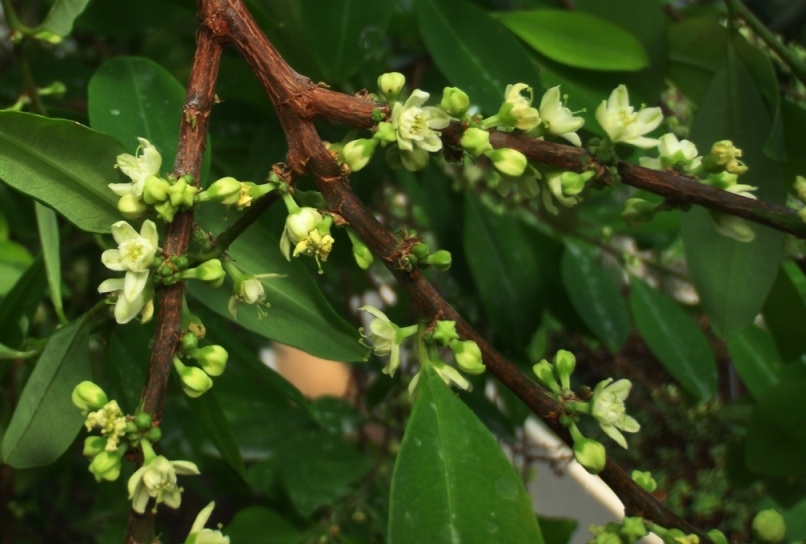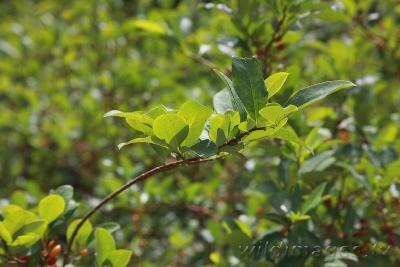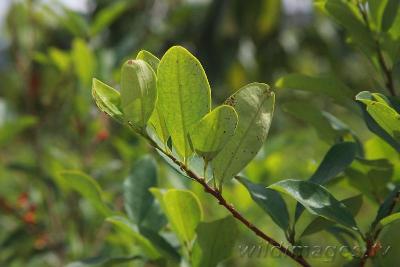Welcome to the trip down the Erythroxylum coca lane...
The coca plant, or in scientific terms Erythroxylum coca, is a tropical plant from the family Erythroxylaceae, and is cultivated in Africa, South America, Southeast Asia, and other tropical regions. The plant grows to about 2.4 meters tall (~8 feet) and possesses small flowers, with yellowish-white petals, that grow in little clusters on short stalks. The leaves of the coca contain many alkaloids, one of which is cocaine. Aside from its naturally occuring alkoids, the coca bush is like any other ordinary angiosperm, but because of the cocaine that occurs in its leaves it has become one of the most influencial and widely cultivated plant throughout the world.
The white, crystalline alkaloid cocaine is a potent, dangerous and a habit forming drug that can be extracted from the leaves of E. coca. Also known as snow, coke, or crack, cocaine is a nerve stimulant which increases the level of dopamine, a neurotransmitter associated with the reward circuit in the brain, thus creating a euphoric and energetic feeling in the user. There are many ways of administering the drug to the system, either through nasal cavity by snorting, directly to the bloodstream through intravenous injections, or into the lungs via smoking. Cocaine also acts as an anesthetic and an appetite suppressant. Its medical use as an anesthetic is based on its ability to interrupt conduction of signals in the nerves, especially those found in the mucous membranes of the eye, nose and throat. Its first official scientific use for the purpose of anesthesia was in 1884, by an ophthalmology intern Carl Koller.
While the use of cocaine can cause adverse effect on the body, the use of the leaves of coca plants have been known to be very beneficial to daily life. The Indians of the Andes have been using the leaves of Erythroxylum for centuries in order to withstand strenuous work, walking, hunger, thirst and for its euphoric effects as well.
If you want to learn about the classification of Erythroxylum coca,
go to Classification.
Otherwise, if you are interested in the coca plant itself, go to
Adaptations.
If that does not suit you either, go to
Habitat to learn where this plant
is cultivated.
Go to MultipleOrganisms.net to explore many web-pages of amazing organisms created by students of UW-La Crosse.


